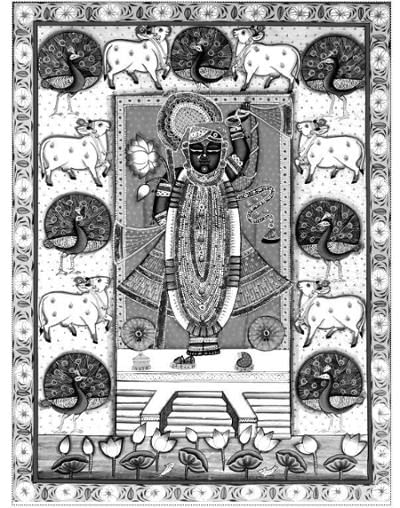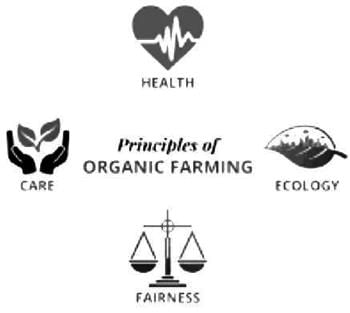RPSC RAS Prelims Mock Test - 3 - RPSC RAS (Rajasthan) MCQ
30 Questions MCQ Test - RPSC RAS Prelims Mock Test - 3
Which mineral primarily causes the pink color in Rajasthan’s sandstone?
Rajasthan state government has changed the name of 'Department of Industries' to ___________ ?
National Research Centre on Rapeseed-Mustard (NRCRM) is situated in?
What was the objective of the Protection of Human Rights Act, 1993?
A few telecommunication towers S, J, Z, E, N and B are plotted on a map. Z is 6 km to the north of S, which is 9 km to the west of J, which is 12 km to the north of B, which is 9 km to the east of N, which is 15 km to the north of E. Where is Z with respect to E?
Where was the first Municipality of Rajasthan established?
Which of the following Part of Indian constitution deals with Emergency provisions?
With reference to Indian National movement, the famous Safety valve theory is associated with which of the following?
Which one of the following institutions makes an arrangement for the sale of farmer’s crop at state level?
Which of the following best describes commodity money?
In which year did Peshwa Baji Rao II cede a greater portion of the Sagar district to the British?
Where was the first 'Breathing Bank' established in Rajasthan?
The Chief Justice and other Judges of the Indian Supreme Court are appointed by
Which of the following pairs is NOT correctly matched?

'Inheritance of Acquired characters' was the main point of:
Which part of a flower does not fall down even after fertilization is completed and remains visible in the fruits of some plants?
Which one of the following plateau is located at the North-Eastern end of the Aravalli Hills?
Which of the following statements regarding the Organic Farming is/are incorrect?
Which is not true about 'Beti Bachao, Beti Padhao' scheme?
What is the code name of the first Nuclear test of India?
Who was the Maharaja of Jodhpur State at the time of the integration of the princely state of Rajasthan?
Which of the following is not the main function of the operating system?
















